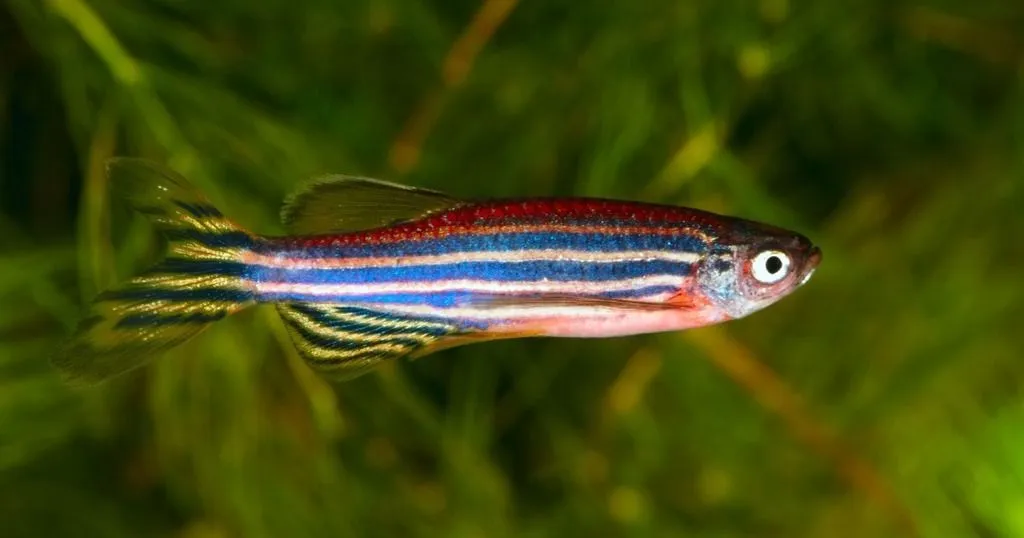Zebrafish research: growing demands in South America
It was at the Society for Neuroscience last November that I was invited to speak at the second annual LAZEN meeting held last December in Porto Alegre, Brazil.
Posted by
Published on
Mon 13 Feb. 2012
Topics
| Conferences | Danio Rerio | EthoVision XT | Methods And Techniques | Zebrafish |
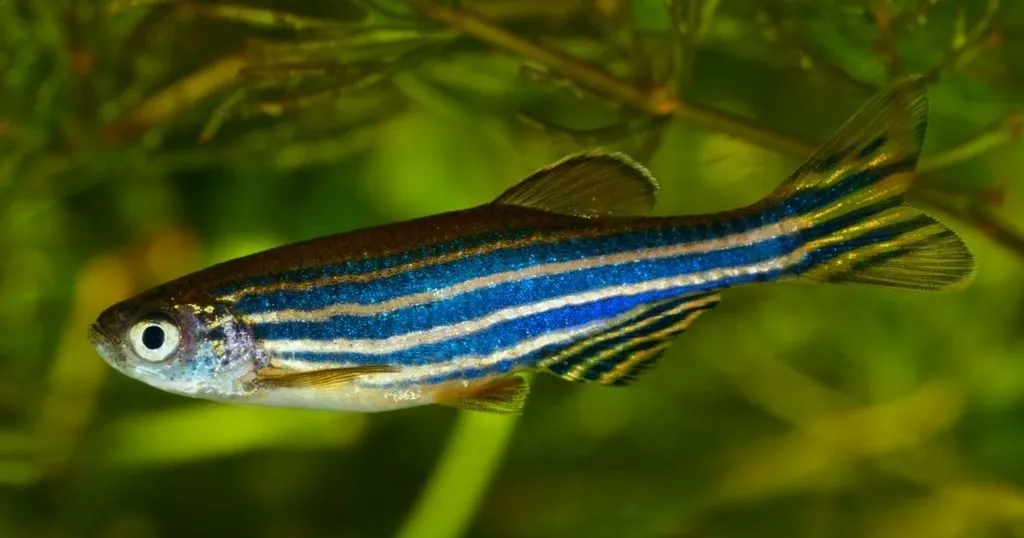
Recently I wrote about the growing presence of zebrafish related studies at big international conferences, like the Society for Neuroscience annual meeting. This general infiltration of zebrafish in behavioral and biological sciences as a whole has been significant enough that the demand for specialized zebrafish meetings continues to grow. Specialized meetings have been established for years and new ones continue to surface; from the 10th zebrafish genetics and development conference, to the 13th Australia and New Zealand zebrafish meeting, the 2nd European Zebrafish PI Meeting, and now the second Latin American Zebrafish Network (LAZEN) course.
It was at the Society for Neuroscience last November that I was invited to speak at the second annual LAZEN meeting held last December in Porto Alegre, Brazil. This opportunity not only offered a chance for me to speak on zebrafish, behavioral paradigms, and my own research but also gave me a new view and appreciation for the potential of this model.
Zebrafish earning their stripes in research
Zebrafish use in research has been growing steadily on the world-stage, but in South America in particular this growth is unprecedented. LAZEN beautifully illustrated this, with nearly 100 participants from all over the continent where most attendants were researchers with beginner or intermediate experience. To help investigators expand on their expertise with this organism, mornings were filled with practical hands-on lab sessions and afternoons were populated with traditional talks. I had the pleasure of both giving a talk and leading a morning session on behavioral paradigms. Particularly during the morning sessions participants tended to be beginners armed with questions and enthusiasm, and topics ranged from husbandry and breeding to behavior and molecular assays like DNA injections, inflammation assays, transgenesis, and in situ hybridization.
After my talk some of the discussions that came up centered around practical concerns, for example how to test how much alcohol enters the bloodstream in an alcohol paradigm. A discussion about potential factors that can affect zebrafish (and experiments) came up as well, after I brought up the situations I have faced in the past. For example, issues relating to differing PH and salinity conditions, water temperature, and even air pressure: One researcher from Ecuador voiced concerns of high mortality among zebrafish and the possibility that this might have something to do with the altitude and air pressure. What made the discussions interesting was the focus on local concerns and challenges unique to research in South America. This even went beyond the practical laboratory concerns, to import policies that affect zebrafish entering South America.
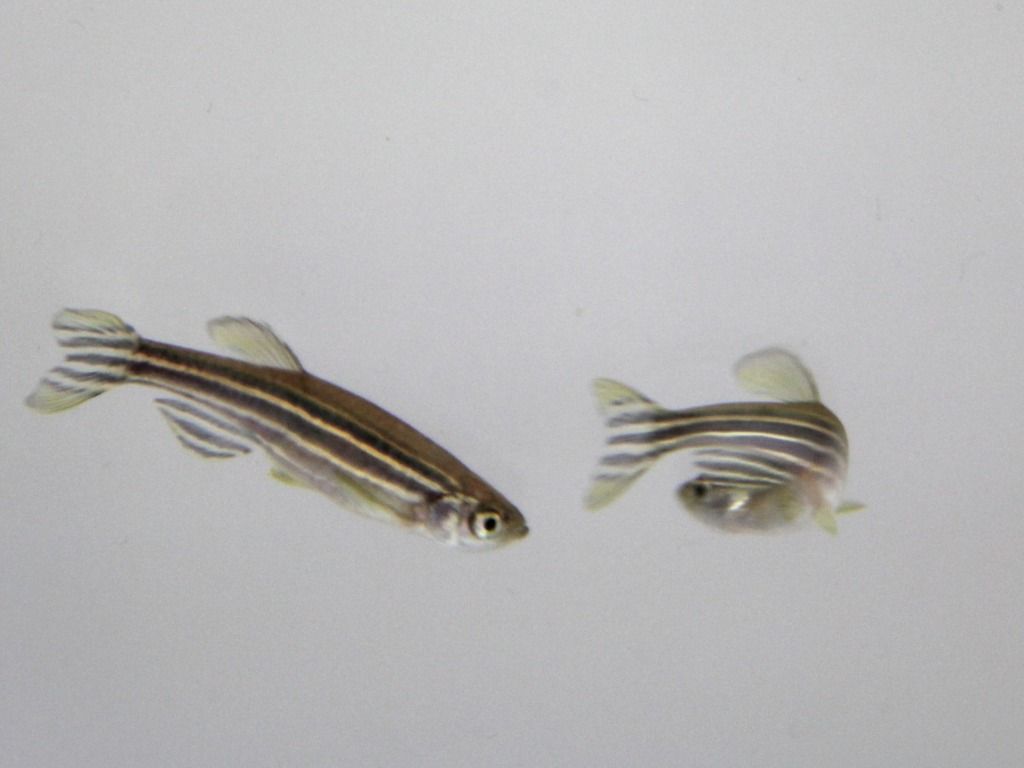
Interestingly, it is shocking to see the promise zebrafish hold in behavioral research, in particular in South America: thanks to the economy of the model (maintenance costs, low start-up costs) average laboratories are able to produce world-class research. Without too large an investment small research groups are able to compete with large laboratories in quantity and quality of publications. This is of course somewhat generalized, but realistically new research groups are able to produce high quality behavioral research with a very minimal investment.
Publications and growing recognition can lead to increased funding, which in turn allows these same groups to continue expanding their resources and work on increasingly high caliber projects. The meeting illustrated how work that would require a prohibitive investment using a rat-model can be done at a fraction of the cost in zebrafish. This places previously quite unknown research groups on the world stage. The result has been an increasing number of publications coming from the southern hemisphere, and it will be interesting to keep an eye on this growing body of dedicated researchers.
In short, LAZEN created a scientific program to appeal to both beginners and advanced zebrafish researchers. The organization and quality of the course far exceeded the modest cost of and makes it a ‘must-attend’ for researchers beyond just South America.
Related Posts
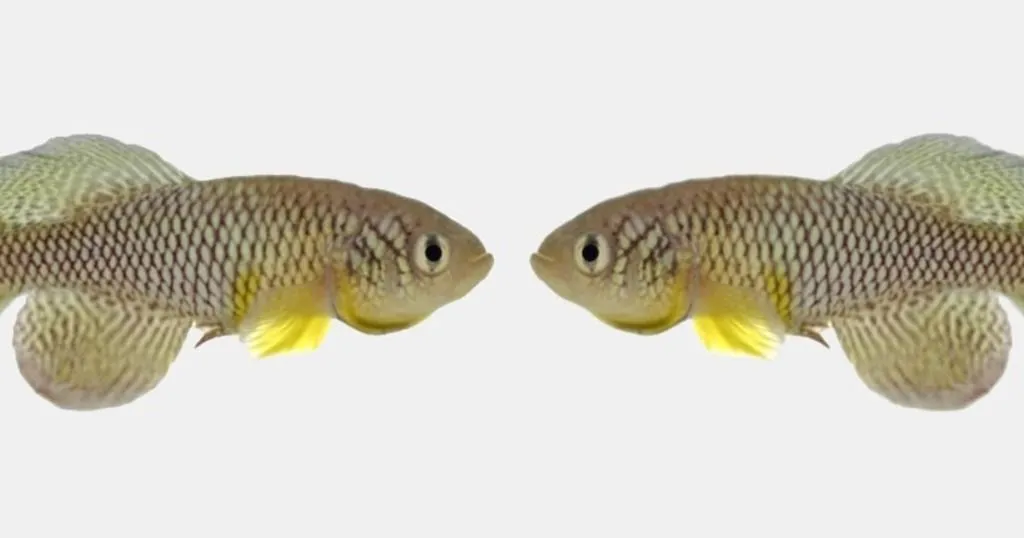
Fish live longer and are more active after eating “young poo”
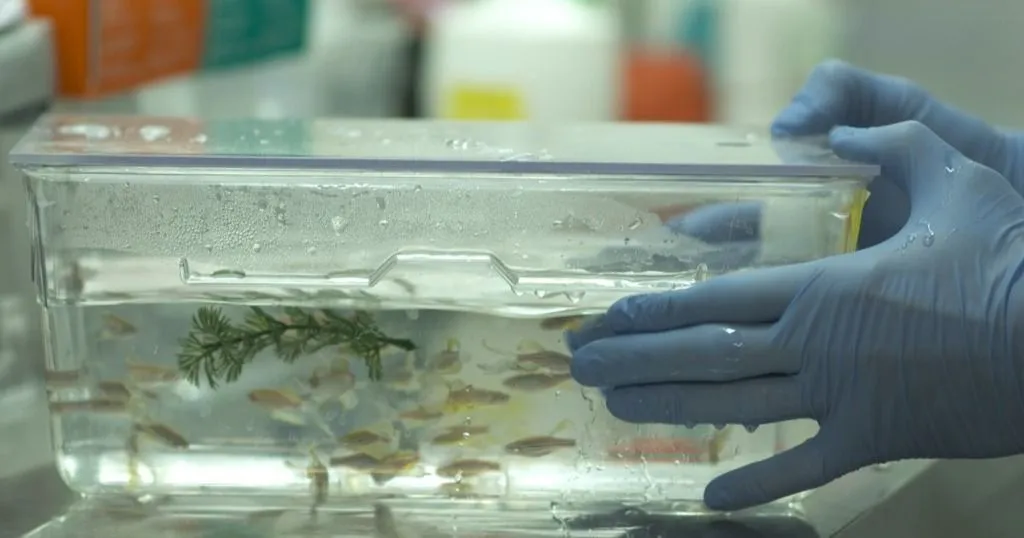
Zebrafish Research made easy: a dive into the Gerlai Lab
